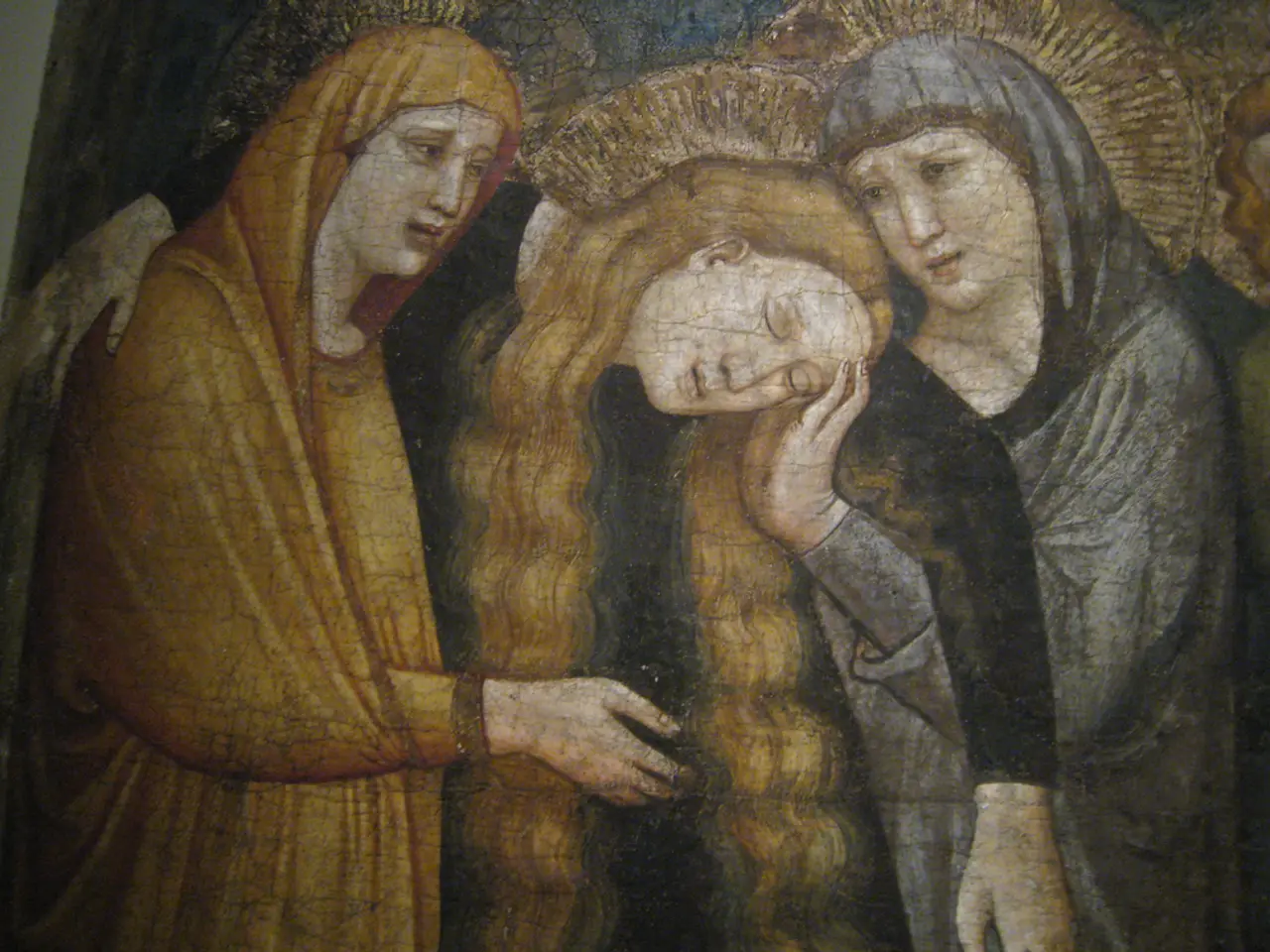Pablo Picasso's 3D Digital Art Museum Experience
Pablo Picasso, one of the most influential artists of the 20th century, left an indelible mark on the art world with his diverse and groundbreaking creations. Some of his most significant works include "Guernica," "The Weeping Woman," "The Old Guitarist," "Garçon à la Pipe," and "Dove of Peace."
Created in 1937, "Guernica" stands as one of the most significant works of 20th-century art. This monumental painting, housed at Museo Reina Sofía in Madrid, portrays the chaos, suffering, and anguish caused by war with a powerful, abstract composition. Arguably Picasso's most famous work, it was inspired by the Nazi bombing of the Basque town of Guernica during the Spanish Civil War.
"Guernica" is a pioneering example of art as a political statement and anti-war protest. Its symbolic imagery of dismembered bodies and anguished figures transcends its historical moment to become a universal symbol against violence and oppression. It also exemplifies Picasso’s innovative approach to form and perspective, breaking from traditional representation.
Part of a series focusing on a woman crying (his lover Dora Maar), "The Weeping Woman," created the same year as "Guernica," conveys deep emotional pain and grief directly linked to the trauma of Guernica. This work, located at Tate Modern, London, explores the psychological effects of war and highlights Picasso’s ability to express raw emotion through distorted forms and vivid imagery.
Created during Picasso’s Blue Period, "The Old Guitarist" depicts an old, blind guitarist in somber blue tones, evoking themes of poverty, loneliness, and despair. This painting, demonstrating Picasso’s ability to capture mood and human conditions with evocative color palettes and elongated forms, marks a turning point in his emotional and stylistic development.
"Garçon à la Pipe," a colorful and characterful portrait, reflects Picasso’s versatility and evolving style during his Rose Period. Demonstrating Picasso’s mastery of blending traditional portrait techniques with emerging modernist styles, this work enriches 20th-century portraiture.
Picasso created "Dove of Peace" (La Colombe) in 1949, representing world peace after World War II. This emblematic image evolved from a naturalistic drawing to the iconic minimalist line drawing familiar today. The dove became a global symbol for peace, chosen for the first International Peace Conference and still associated with the World Peace Council. It shows Picasso’s engagement beyond painting into symbolic activism.
Picasso's contributions to art lie in his constant innovation, mastery of multiple styles including Blue Period, Rose Period, and especially Cubism, and his pioneering of art as a vehicle for political and emotional expression. His ability to represent complex human emotions and societal issues in novel visual forms revolutionized modern art and inspired generations of artists worldwide.
Picasso had a natural compassion for those exposed to suffering, especially if it was as a result of injustice. Throughout his career, he concentrated on more classical works of art in the 1920s and 30s, specifically in the style of neo-classical. His total artistic work numbered close to 50,000, including 1,885 paintings, 1,228 sculptures, 2,880 ceramics, and approximately 12,000 other works.
"Three Musicians," more than just a painting, captures emotions and stories in a fascinating piece that continues to resonate with audiences today. Picasso's work serves as a testament to the power of art as a medium for expression, protest, and healing.
Technology and artificial-intelligence could potentially revolutionize the way we interpret and analyze Pablo Picasso's art, offering novel perspectives on his paintings' complex human emotions and societal issues. For instance, AI algorithms could be trained to recognize patterns and themes within Picasso's works, allowing for a deeper understanding of his artistic evolution and political statements.




